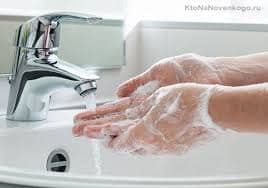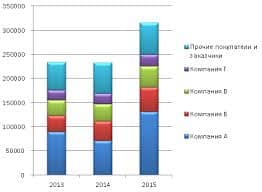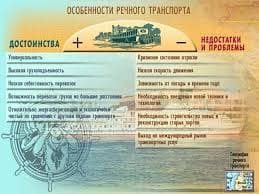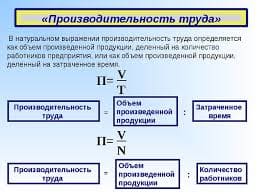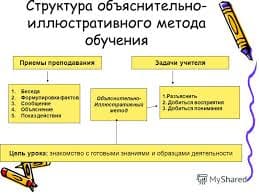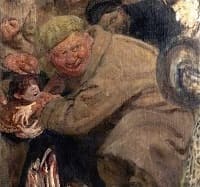Manpower costs over one hundred times more than electric power and the farmers should therefore use as little as possible of this expensive power to control the largest possible amount of the cheap electric power. They should do the same in the field with tractors and combines.
The tendency now is for farm machinery to be designed for electrical operation with the motors built in as part of the machine.
Electricity gives us power in its most convenient and easily applied form — the electric motor. This is the simplest and most reliable machine in the world — it takes up littlespace and in many cases is an integral part of the machine it drives. Ease of starting and control are time-saving features and power is provided without fumes, noise or dirt. An electric motor is often cheaper than any other equivalent power unit and will last for many years with very little attention and without the need for spares.
The electric motor is a highly efficient machine since at full load it converts 90 per cent of the electricity it takes into usable mechanical power.
The size of an electric motor is given by its horse-power output at full load. When running at this full load, each horse-power given out will use about 3/4 unit of electricity in one hour. For quick calculation, however, remembering that most farm motors will spend some of their hours running at less than full load, it is simple to say that every horse-power hour will cost the equivalent of one unit of electricity. The question of selecting the right type and size of motor to the conditions is a job for the electrical engineer. However, it is useful for the farmer to know that electric motors come in different housings and most farm operations can best be performed by the enclosed type, which is proof against most of the effect of dirt and weather.
TEXT 10
 2015-06-30
2015-06-30 512
512


